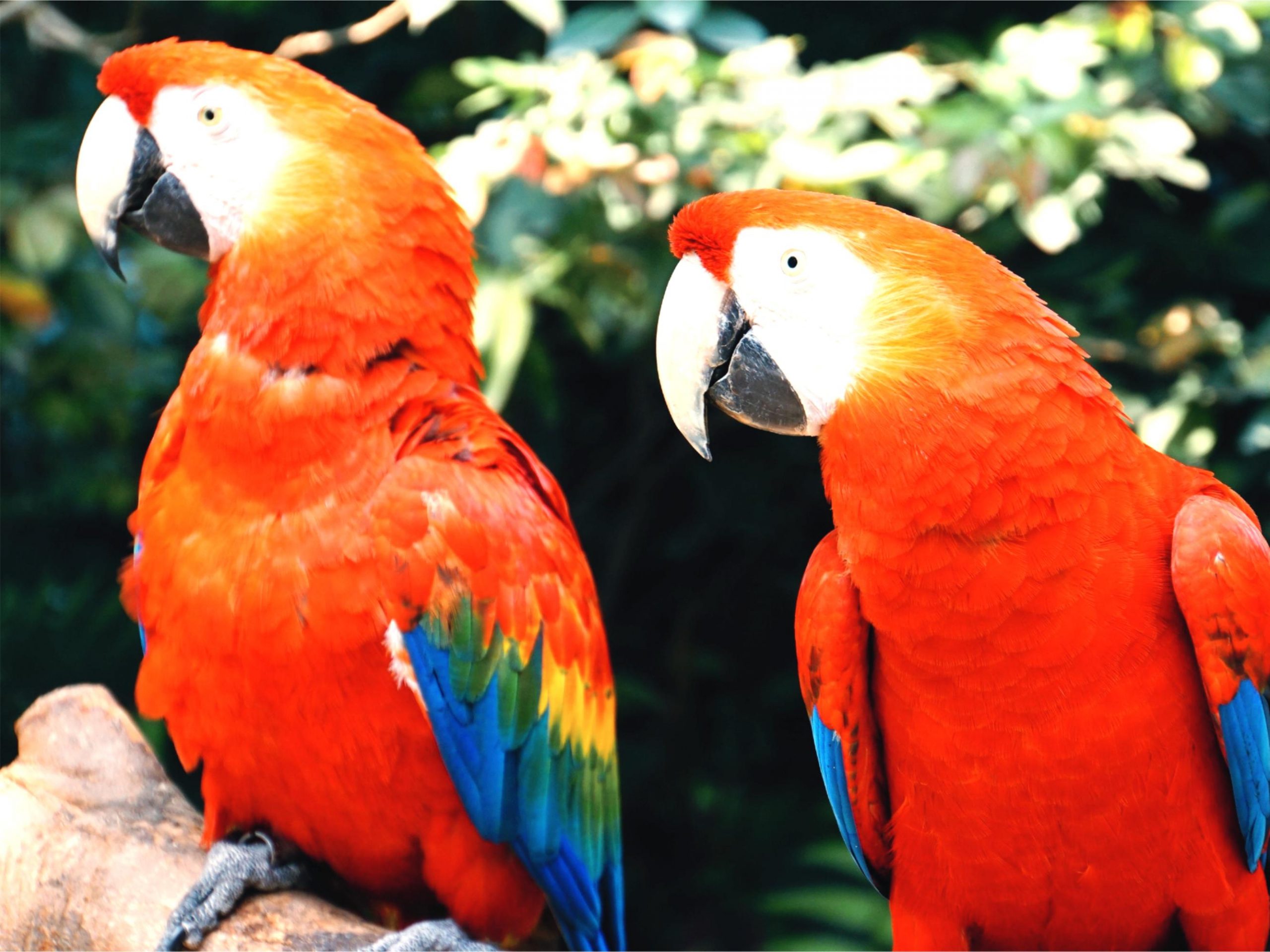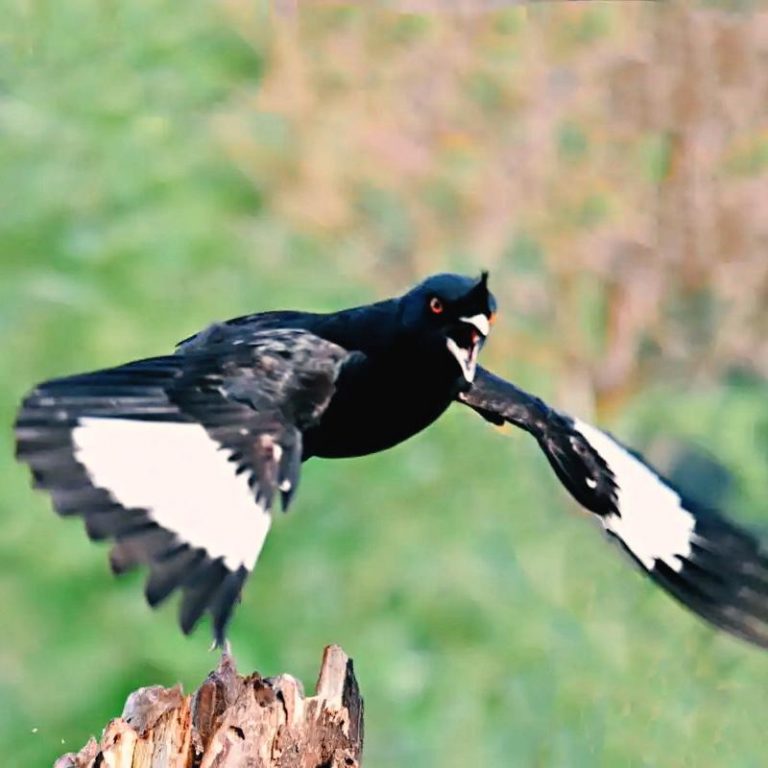
For many bird enthusiasts, breeders, and researchers, knowing the gender of their birds is essential. In species where males and females look nearly identical—like parrots—DNA testing has become the most reliable way to determine sex. One commonly used method is the parrot gender test kit, which relies on fluorescent probe–based polymerase chain reaction (PCR).
But a common question arises: Can this parrot-specific gender test kit also be used for other bird species? To answer this, we need to understand the test’s principle, its advantages, and its limitations.
1. How the Parrot Gender Test Works: Fluorescent Probe–Based PCR
The parrot gender test is built on a DNA-based method that targets the genetic differences between male and female birds. Unlike mammals, where males have XY chromosomes, birds have a ZW sex-determination system:
Males: ZZ
Females: ZW
Principle of the Method
The most common molecular target is the CHD gene (Chromodomain Helicase DNA-binding protein gene), which exists in slightly different forms on the Z and W chromosomes.
The CHD-Z gene is found in both males and females.
The CHD-W gene is found only in females.
Fluorescent probe–based PCR (also known as real-time quantitative PCR or qPCR) uses:
Primers that bind to conserved regions of the CHD gene.
Fluorescent probes labeled with reporter dyes (e.g., FAM, VIC) that specifically bind to either CHD-Z or CHD-W sequences.
During amplification, the DNA polymerase cleaves the probe, releasing the fluorescent signal.
The PCR machine monitors fluorescence in real time:
Single peak (CHD-Z only): Male
Two peaks (CHD-Z and CHD-W): Female
Sample Collection
Samples usually include:
Feathers (pulled, with blood in the calamus)
Blood spots on filter paper
Buccal swabs (less common in birds)
This method is highly accurate in parrots, producing results within a few hours when proper equipment is available.
2. Can the Parrot Kit Be Used for Other Birds?
Here’s where it gets complicated. The parrot gender test kit was designed with parrot genetics in mind, particularly the sequence variation in their CHD genes. Using it directly for other species may introduce problems:
Primer–Template Mismatch
The primers and probes may not bind correctly if the CHD sequences differ in the new species.
For example, songbirds, pigeons, or raptors often have slight variations in CHD gene sequences.
False Negatives or Ambiguous Results
If the probe fails to bind the W-specific sequence, a female bird could be incorrectly classified as male.
Species-Specific Validation Needed
While the CHD method is universal in principle, commercial kits are optimized for parrots. Each bird family (e.g., Psittacidae vs. Columbidae) may require re-validation or redesigned primers.
Cross-Reactivity Risk
In rare cases, non-specific amplification can occur, leading to unclear results.
Example: A kit validated for African grey parrots (Psittacus erithacus) may not work on zebra finches or cockatiels without modification. Thus, while the underlying science applies broadly, the commercial “parrot kit” is not a one-size-fits-all solution.
3. Alternative Methods of Bird Gender Determination
Besides fluorescent PCR, several other methods are available, each with pros and cons.
| Method | Accuracy | Cost | Time | Equipment Required | Notes |
|---|---|---|---|---|---|
| Fluorescent Probe–Based PCR (qPCR) | Very High (95–100%) | Medium to High | Hours | PCR thermocycler, fluorescent probes | Gold standard; requires lab access |
| Conventional PCR + Gel Electrophoresis | High (90–95%) | Low | 1–2 days | Basic PCR, gel system | Lower cost but less precise |
| Morphological Observation | Low to Medium | Free | Immediate | None | Works only in sexually dimorphic species |
| Endoscopy (Surgical Sexing) | Very High | High | 30–60 min | Veterinary equipment | Invasive; requires anesthesia |
| Hormone Testing (Blood Assay) | Medium | Medium | Days | Biochemical assay kit | Less common, less reliable |
| Feather/Blood DNA Sequencing | Very High | High | Several days | Sequencer | Overkill for routine sexing |
Comparison:
For breeders, PCR-based kits remain the most practical balance of cost and accuracy.
For zoos or conservation programs, DNA sequencing or endoscopy may be chosen for confirmation.
For hobbyists, commercial PCR kits are the most accessible option.
4. Why Fluorescent PCR Is Still the Best Choice
Despite its limitations across species, fluorescent PCR remains the most efficient method due to:
High sensitivity: Detects even tiny amounts of DNA.
Speed: Results in a few hours.
Non-invasive sampling: Feathers are enough.
Scalability: Can process dozens of samples in one run.
That said, if you want to test birds outside the parrot family, consult a laboratory that has validated primers for the species in question. Many avian diagnostic labs maintain broad primer libraries covering raptors, waterfowl, pigeons, and passerines.
Conclusion
So, can you use the parrot gender test kit for other birds?
In theory, Yes, because the CHD gene system is conserved across bird species.
In practice: Not always, because commercial kits are optimized for parrots and may fail with other birds unless validated.
If you are working with non-parrot species, consider using a general avian DNA sexing test or request species-specific validation from the lab. For breeders and conservationists, investing in the right method ensures both accuracy and animal welfare.
By understanding the science behind fluorescent PCR and the alternatives, bird keepers can make informed decisions and avoid costly mistakes.
References
Griffiths, R., Double, M. C., Orr, K., & Dawson, R. J. G. (1998). A DNA test to sex most birds. Molecular Ecology, 7(8), 1071–1075. https://doi.org/10.1046/j.1365-294x.1998.00389.x
Morinha, F., Cabral, J. A., & Bastos, E. (2012). Molecular sexing of birds: A comparative review of polymerase chain reaction (PCR)-based methods. Theriogenology, 78(4), 703–714. https://doi.org/10.1016/j.theriogenology.2012.04.015
Fridolfsson, A. K., & Ellegren, H. (1999). A simple and universal method for molecular sexing of non-ratite birds. Journal of Avian Biology, 30(1), 116–121. https://doi.org/10.2307/3677252
Ogawa, A., Solovei, I., Hutchison, N., Saitoh, Y., Ikeda, J. E., Macgregor, H., & Mizuno, S. (1997). Molecular characterization and cytological mapping of a non-repetitive DNA sequence region from the W chromosome of chicken and its use as a universal probe for sexing Carinatae birds. Chromosome Research, 5(2), 93–101. https://doi.org/10.1023/A:1018447308899






